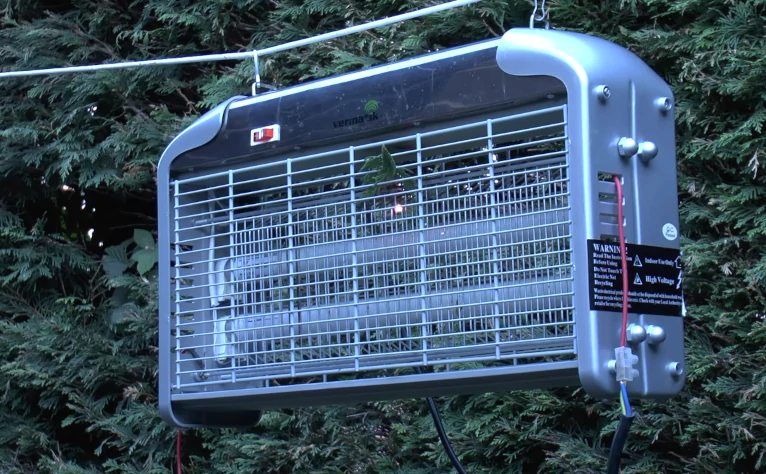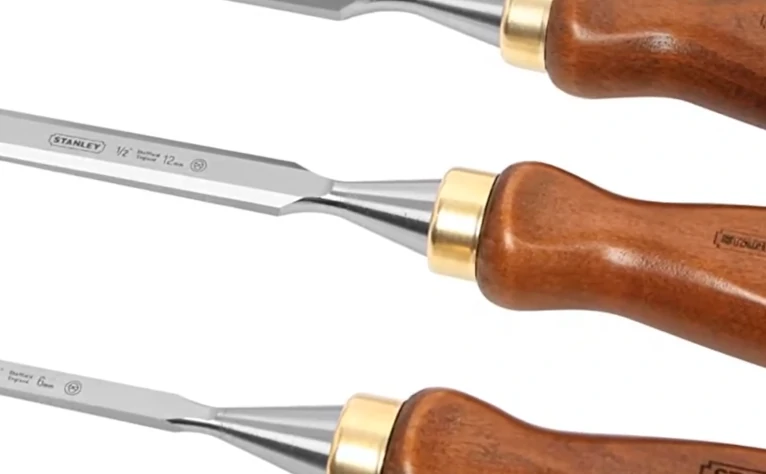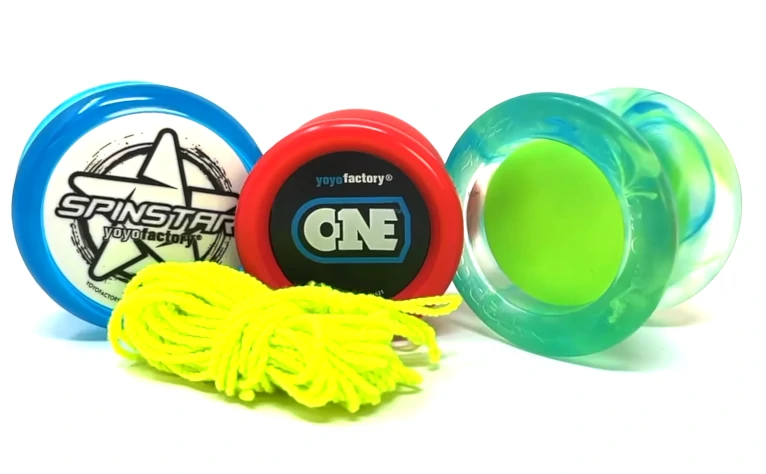How Solar Water Heaters Work

The primary components of a solar water heater is a solar collector and a storage tank. A solar collector is simple a glazed, insulated box with dark-colored interior, and generally, a series of tubes or passageways for the water flow. Glazing is usually a coat of material, like glass that assists in heat control. The solar collector converts the sun’s radiation into heat. A storage tank basically contains the water. This is normally the basic setup, while most manufacturing company has established types of solar water heaters. An active heater utilizes electrical pumps and retentions to circulate water around the system, while a passive heater uses forces of nature.
Solar heating or solar thermal is an innovation intended to harness sunlight for its heat or its thermal energy. The heat is convenient in providing energy source for household uses, food establishments, and even swimming pools.
A solar water heaters work using the concept of a hose lying under the sun. The exterior of the hose absorbs the sunlight, particularly the sun’s radiation, therefore, heating the water inside of the hose. Solar water heaters work in the following steps:
- The solar collectors soaks up the sunlight through the absorber, and a special heat carrier fluid is being heated up.
- The pump transfers the fluid to the heat exchanger of the solar storage.
- From there, the converted heat or thermal energy is transmitted to a storage tank.
- If the solar radiation or the converted heat is enough to heat the water, a conventional heating controller heats ups the storage tank to the preferred temperature.
The controller lets the heat carrier-fluid to circulate whenever there is still available heat in the solar collectors. In case of winter season, a boiler is served as an alternative device for a heat source. Most heat exchangers and solar storage tanks are composed of copper. A storage tank is important as it allows all the heat that is converted by the solar collector to be stored and saved when needed. Moreover, a solar heating device delivers heat depending on the design of how much heat capacity can it contain, and how much water can it heat.
Knowing that the heart of a solar water heating system is the collector, the quality of the collector that the consumer needs to consider must abide with the general standards set by the solar certification organization. This is to assure the value of investment that the consumer is going to have in later years to come. A flat-plate solar collectors is the most popular collector in the market, and it generally composed of selectively layered absorber that tends to absorb incoming thermal radiation, and to converts it to usable heat source. An absorber is usually embedded in a thermally insulated box covered with a transparent film like glass to lessen the possibility of thermal waste.
Domestic hot water production is prevalent anywhere as long as sunlight is abundant. In addition to the heating processes, the heat carrier fluid that are heated up in the collectors can be utilized to support heating of water supply. This process provides support to the heating device operation, and it gives maximum savings potential. Most solar heating devices have embedded solar heating support or heat controllers to switch off the process and to control temperature. This particular solution is a combination of buffer cylinders with a solar heater. If there is sufficient solar energy, the heat carrier fluid contained in the heating device heats the water in one of the cylinders using the lower heat exchanger. In case of a temperature shortage like taking a good, long, hot bath, the heating device is switched on automatically out of necessity through the second circuit, thus adding support for more heating of the water supply.
A passive solar water heater has two core types:
- Thermosiphon: The storage tank is separated from the solar collector, and cold water flows through the tubes of a solar collector. The natural convection pumps the treated, hot water into the storage tank, and from there, hot water transports into the household’s water pipes.
- Batch: Natural science is being utilized by having the warm water rises inside the storage tank and due to gravity or natural convection, the warm water moves out from the tank and into the household’s water pipe. There are no more tubes needed, as water storage tanks are only required.
On the other hand, an active solar heating system has three types:
- Direct: With the aid of a bunch of electrical pumps and heat controls, water flows through the solar collectors, and rests in a storage tank.
- Indirect: Aside from the conventional heating of water, the solar collector heats the heat carrier or transfer fluid, like an antifreeze. The antifreeze is transported into the sealed pipes of a heat exchanger that is covered by water. The water then gathers heat from the antifreeze and is pumped back into the storage tank. The water is never combined with the antifreeze, rather the antifreeze heats the water.
- Drainback. Drainback systems is typically similar with indirect systems except that a drainback system utilizes distilled water as the heat transfer or carrier fluid. This system has its own drainback tank for the distilled water. The pumping of the heat transfer liquid out of the drainback system and back into the interior tank serves best to areas with colder climates because the liquid is not vulnerable to the freezing temperature anymore.
The preference of choice for the solar heating system is worthy and its investment has a definite return value in the later years to come, compared to sticking to a gasoline or electric model. There are also some do-it-yourself solar heaters that can cut back on the cost.
There is also a difference between solar panels and solar water heating systems. Solar panels alone utilize the solar energy to generate electrical sources while solar water heating systems employ solar energy to heat water. Solar water heating systems have become a hype to most tropical areas, and even to places with cold climate. Manufacturing companies have devised solutions for their solar water heaters to cater under freezing temperature. Earlier versions of such devices are used in locations with ample solar energy. Some solar water heaters have anti-freeze and overheating protection to protect the heaters from further damage caused by uncontrollable factors. The two protective procedures are discussed below.
The Energy Information Administration (EIA) classifies the solar collectors as high, medium, or low temperature collectors. A high temperature collector or concentrating collectors utilize mirrors or lenses to receive concentrated sunlight at high temperature from 750F to 1000F. This procedure is known as the Concentrated Solar Power (CSP), and used in vast scale power production like a steam turbine.
A medium temperature collector is the common solar water heating system in the form of evacuated tube collector or flat plate. These are the heat collectors that most domestic households are using to collect, to contain and to utilize heat for heating water. Instances of hot water application are hot bathing or showering, laundry, car washing, and other household chores.
On the other hand, low temperature collectors normally point out to unglazed or uninsulated flat panels for pool heating. These thermal collectors are dependent on direct exposure to sunlight, in order for these collectors to work properly.
Heating of Swimming Pools
Swimming pools are popular among families with large backyards and children, who want to go swimming. Some solar heaters are intended for pool waters because they are engineered specifically for swimming pools. Both pool covering systems that can float atop of the water and separate solar heaters can be utilized for pool heating. A pool covering system, either a solid sheet or a floating disk, is served as a insulation that prevents in heat loss. Most of the time, the heat in the pool water is lost due to recurring evaporation, and making use of a cover that can be a barrier against evaporation is constructive to avert heat loss. A pool cover supplements solar collectors for a great heating experience.
Some solar heat collectors for nonpotable pool water are usually comprised of plastic. Pool water is considered to be mildly corrosive due to chlorine content, and is circulated through the panels by using a pool filter or a supplemental pump. Others employ an unglazed plastic collectors because they are more effective as a direct system. For cold climates, the evacuated tubes and flat plates in an indirect solar water heater do not pump pool water through them, instead, the tubes and flat plates are utilized together with a heat exchanger to transport the heat into the pool water. This is a better solution to prevent possible corrosion. A differential temperature controller is geared to transfer the water to the panels or heat exchanger by turning on the valve of the operating pump. Upon reaching the required temperature, the diverter valve is employed to return the pool water into the pool. Most heating systems are configured as drainback systems to drain the water into the pool upon switching off the water pump.
The collector panels are often mounted on the rooftop or on the ground with a mounting rack. Due to the natural low temperature difference between the air and the water, the solar panels are becoming collectors or unglazed flat plate collectors. Additional solar collectors to outdoor pool during cold climate can extend the usage of the pool.
Benefits of a Solar Water Heater
The benefits of a solar water heating system are innumerable and noteworthy. Initially, there is going to be a major effect on the consumer’s electric bill, and usually, the cost made by the consumer’s electrical based water heaters is lessened by at least half. The use of a solar heater is tremendously convenient for areas in tropical climates since sunlight is ample mostly from morning even until later afternoon. If the consumer resides in the northern part of the U.S., where the sun does not shine too much, the consumer’s electric and gasoline costs may be lowered less than half, compared to living in sunny areas like in Arizona in which costs may be lowered up to 90 percent.
There is going to be a reduction in pollution if the consumer uses renewable source. If usual cost in the traditional energy source is reduced to 50 percent, then a 50 percent decrease in carbon dioxide emissions is going to be established. Furthermore, an installation of a solar water heater may actually reduce the consumer’s hot water carbon footprint by half. In this situation, non-renewable sources are going to be conserved and saved for later applications. It is important to save energy sources for future generations.
Having additional solar water heating device to the house increases its property value when the consumer decides to sell the house that is because houses with solar heaters are considered valuable and beneficial to the environment.
Solar Water Heater Consideration
One of the drawbacks in considering a solar water heater is its price in the market. New and high-efficient gasoline or electric heater can cost the consumer around 500USD or less, however, most high-end water heaters with the most advanced technology and control can cost the consumer around 1,000USD up to 3,500USD. Sometimes, maintenance can even cost more. But, there are solar water heaters with minimum features that are economical and reasonable in price. There are also do-it-yourself versions of heaters that are available on the internet. Sometimes, a solar heater technician is needed to install the heater on the roof. Depending on the law and the company, federal state has incentives available for individuals or families, who want to install heaters in their households. This means that the end cost can be even lowered.
Remember that even if the solar water heater is pricey, the return-on-investment is greater, most especially in the long run. But the duration of recouping the upfront investments is depending on the location if the sunlight is abundant, the capacity of water that the household is going to spend, and the cost of electricity for the rest of the appliances. If the consumer resides in tropical places and use gallons of hot water, and the electric and gasoline expenses increase annually, then the consumer may be able to save a lot with solar heaters and may get double from the upfront investment in a few years.
In most areas with strict building regulations, especially those that are susceptible to earthquakes, roof-mounted equipment and devices are limited for installation. Strict weight policies are implemented to reduce further accidents and injuries in cases of earthquakes. Some solar water heaters may be too heavy to be installed on the roof. In order to have an effective solar collection set up, the orientation of the house or the mounting location should be made adjustable to for sun exposure. Solar heating devices are not suitable for city dwellings because of the tall buildings everywhere and thick smoke that surround the whole metropolitan city. If the consumer is in a very cold location, some heaters may not function very well due to the risk of freezing.
Commons components of a typical solar heating system are the temperature sensor on the solar collector and on the storage tank, solar collector, solar circulation pump, cold water inflow, hot water run-off, and charging circuits. Conventional heaters with charging circuits and backup devices guarantee that hot water is always available even if the solar heating system has little thermal power. Most of the time, a solar water heater lasts for around twenty years, given that care and maintenance are achieved.
Solar Thermal Heating and How Solar Water Heaters Work
Solar energy is freely available depending on the season, and the use of a solar water heater during summers is the best time to collector thermal energy for the water supply of the whole household. As for the fossil fuels, they emit too much carbon into the environment, and their prices are constantly going up each year. Most manufacturing companies have combined heating systems with solar panels, in order to come up with a greener solution and to make available to the public a new way in heating water without the use of a gasoline or electric sources.
The application of solar radiation as heat is known as solar thermal heating, and this should not be confused with photovoltaic, which is the production of electricity through the use of sunlight. Excellent opportunities of the operation of solar energy have been greatly manifested over the years of improvement and innovation. It supplies limitless amount of energy, plus it is always free of charge. There are no emissions of harmful carbon dioxide during the heating processes. Cost savings is evident in the bills, and the consumption of fossil fuels is reduced. Solar thermal systems are tailored to be integrated into existing systems, at least most of them. Manufacturers have considered adaptation of the solar heaters towards freezing climate, especially winter seasons in the northern part of the U.S.
“Energy Star” Label
The Energy Star label is the widely prevalent, trustworthy, government-backed symbol for energy efficiency. The label aims to endow relief to people that any devices or appliances abiding with the general standards can save them the money and investment, and can help in the protection of environment from further annihilation due to human activities. Devices and appliances with the Energy Star label are thoroughly tested to be energy-efficient. Consumers can be able to save more and more of their investments, time, and effort with qualified appliances, most especially television and washing machine.
An Energy Star eligible solar water heating systems are very beneficial in cost-cutting for the annual hot water costs in half. By utilizing the sunlight to heat or preheat the water, the electric bill is reduced to half, which means, roughly 140USD can be saved annually, or around 2,900USD over the lifetime of heating water. Solar heating can be combined with a backup gasoline-based storage water heater, instead of using the gasoline-based water heater on its own. If the electric tank water heater is also used as a backup with the solar water heater, around 280USD to 5,200USD can be saved annually and over the lifetime, respectively.
Solar water heaters are excellent appliances for large families, commercial buildings and food establishments with higher demands of hot water, everyone can save even more with such free thermal energy. Products that are well-certified with Energy Star can cut off carbon dioxide emissions in half, and can prevent 4,000 pounds of carbon dioxide from invading the atmosphere annually.
Consumers are now provided with a choice to choose the most qualified solar water heater in the market, as long as there is a seal of the Energy Star or a certification from well-established organization such as the Solar Rating and Certification Corporation.
The Energy Star label is instituted to diminish greenhouse gas emissions and other toxic pollutants in the air that are mostly caused by inefficient usage of energy and appliances. It is established to provide easiness for consumers in the identification of an energy-efficient product. It gives them the relief of saving on energy bills with more features, convenience, and comfort.
Freeze Protection
A freeze protection is able to measure the possible damage that the freezing temperature can do to the solar heater, and it can prevent further damage to the heating system due to the expansion of frosted heat carrier fluid. A drainback system drain the heat carrier fluid from the heating system when the pump suddenly stops. Most indirect solar heating systems utilize anti-freeze, such as propylene glycol, for the heat carrier fluid to not be ice-cold.
Some direct heating systems have collectors that can be manually drained when the climates fall negative. This situation is already common in locations where freezing temperature does not occur that often, but it is considered to be unreliable because of the possibility of forgetfulness in manual draining. Other direct heating systems utilize freeze-tolerant collectors composed of flexible polymers like a silicone rubber.
Another freeze protection is the freeze-tolerance in which low pressure polymer water channels encompassed of silicone rubber expands on freezing.
Overheat Protection
When the hot water supply is not being used in a day or two, the heat carrier fluid in the collectors and storage tank can attain very high temperature in most solar water heaters, except for the drainback type of solar heater. If the storage tank in a drainback system has reached the preferred temperature set in the controller, then the pumps are automatically shut off, ending the heating process and preventing the storage tank from possible overheating.
Some active heating systems intentionally cool down the water in the storage tank by circulating hot water in the collector when sunlight is a bit scarce, most especially at night. This approach actually causes heat loss because the heated water is being cooled down. The most effectual in thermal store plumbing is using the evacuated tube collectors for their immense insulation property.
Some high-pressured, sealed solar water heaters are dependent on the application of temperature and pressure relief valves, while low-pressure, open vented solar heaters have imbued simplicity in heat controllers.
Conclusion
Water heating is already considered to be a necessity for most people due to intolerance of cold water, especially when taking hot showers in cold areas. Solar water heating systems have been well- established even before the modern technology, and because we are in the generation when innovations and advancements are prevalent, solar water heaters have become available for us to use. Food establishments can cut down expenses in their daily operations just by investing in solar water heating devices. Obviously, food needs hot water, and using gasoline or electric sources can affect the expenses. Return-on-investment is manifested very quickly in the food industry and also in commercial buildings.
As for the household, most of us prefer hot showers to relax ourselves after long day of work or any workout. Swimming pools can be converted into instant spa because of the hot water provided. There are numerous advantages that the solar water heaters have endowed to us.
Not only does it benefit us, but also does the environment by keeping ourselves from using gasoline or electric sources that originate from non-renewable sources. Energy from the sun is boundlessly limitless unlike the fossil fuels. Solar heating helps in the reduction of the use in fossil fuels and in the reduction of carbon dioxide in the atmosphere. It also allows us to be independent from purchasing expensive foreign fuel import. Most car manufacturing companies also delve in the greener side of driving by manufacturing hybrid cars that utilize solar energy. In tropical areas with high insolation benefit so much in solar heating systems, proving cost-effective.
When difficulty is experienced upon installation or maintenance, you can always contact the manufacturer for an assistance. It is better to report any problems than solving the problem clueless so that your solar water heater may not get malfunctioned in the long run. In some countries, the government give incentives for families or any establishments for having solar water heaters mainly because these devices are very crucial for conserving our environment and for lessening the usage of fossil fuels.





